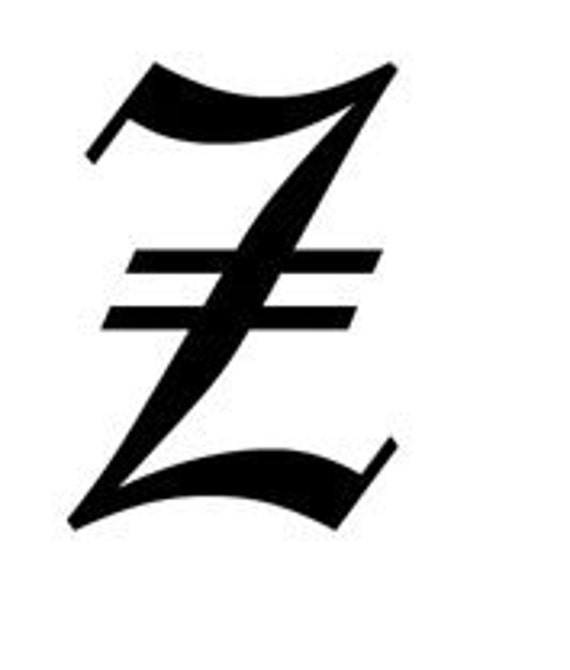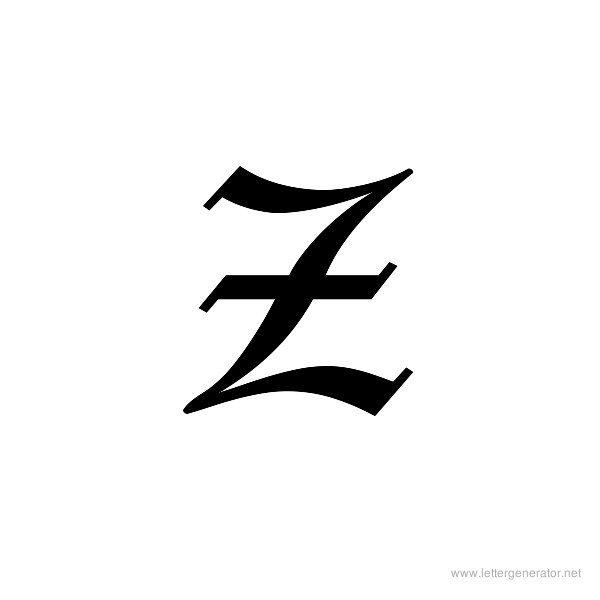
Old English, also known as Anglo-Saxon, was a language spoken in England from the 5th century to the 12th century. During this period, the Old English alphabet consisted of 24 letters, including the Old English Z letter.
History of the Old English Z Letter

The Old English Z letter was called "wynn," which meant "joy" or "delight." It was derived from the runic letter "wyn," which had the same pronunciation.
The Old English Z letter was used to represent the "z" sound and was pronounced like the "zz" in "buzz." It was used interchangeably with the letter "s" in some words, such as "sæd" (sad) and "sēon" (to see), which could also be spelled as "zæd" and "zēon."
The Old English Z letter was used until the 13th century when it was replaced by the letter "z" from the Latin alphabet.
Usage of the Old English Z Letter

The Old English Z letter was used in various texts, including manuscripts, charters, and inscriptions. It was also used in personal names, such as "Wulfstan" and "Æðelwulf," which contained the letter "wynn."
The Old English Z letter was also used in the transliteration of foreign words, such as the Latin word "fines" (borders), which was spelled as "fynes" in Old English.
Today, the Old English Z letter is still used in some contexts, such as in the transcription of Old English texts and in the study of Old English language and literature.
Conclusion
The Old English Z letter, or "wynn," was an important part of the Old English alphabet. It represented the "z" sound and was used in various texts and personal names. Although it was replaced by the Latin letter "z" in the 13th century, it is still used in the study of Old English language and literature today.